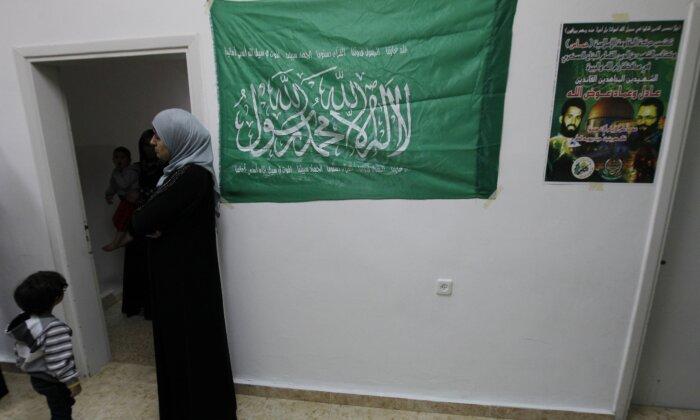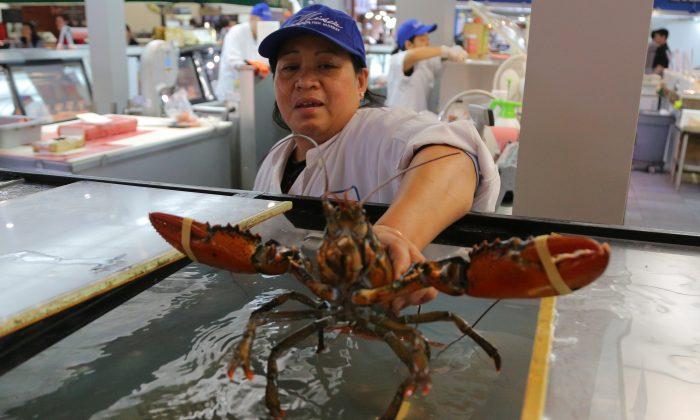Public Safety Minister Marco Mendicino says that efforts are still underway to recover wreckage from an object shot down by NORAD forces on Feb. 12.
“It is important to highlight that the stretches of land in the Yukon where operations are being conducted are very remote, difficult to access, and especially given the current conditions,” Mendicino said on Feb. 14. He could not provide an estimate for how long the search might continue.
“Given the fact that there’s a lot of snow, a lot of wind, et cetera, you will appreciate that this is going to take some time,” he said.
“I’ll just say that I know there’s a lot of ongoing curiosity to get to the bottom of what all of this is. I appreciate that,” said Mendicino, adding that the Armed Forces, RCMP, and Coast Guard are “best situated” to answer questions.
On Feb. 13, one day after a fourth unidentified object was shot down by the North American Aerospace Defense Command (NORAD), U.S. fighter jets, including two F-16s, two F-35s, and three other supporting aircraft, intercepted four Russian military aircraft flying close to Alaska’s airspace, in the air defense identification zone (ADIZ).
The ADIZ is not part of Alaska’s airspace, but is monitored by NORAD.
NORAD stated the Russian aircraft were in international airspace and did not enter into Canadian or U.S. sovereign airspace. On average, there are approximately six to seven intercepts of Russian military aircraft in the ADIZ each year, NORAD said, with such occurrences ranging from none to as high as 15.
The intercept was not related to the objects shot down in recent weeks over North America, added NORAD.
The third object was identified flying over Canadian airspace on the afternoon of Feb. 11 and shot down at 3:41 p.m. ET, flying at about 40,000 feet north of Whitehorse, according to Canadian Defence Minister Anita Anand.
Prime Minister Justin Trudeau said on Feb. 14 that the objects were balloons.
“What we’re seeing is there’s a range of different balloons that seem to be in different sizes and different numbers,” Trudeau said in Ottawa.
“We are now continuing to do all the search we can to try and find and recover these items so that we know more about them. What is very clear is they were a threat to civilian travel, to commercial airliners,” he said.
NORAD Commander General Glen VanHerck said on Feb. 12 he wouldn’t categorize the objects as “balloons,” but said he is unable to describe how they stay aloft.
“It could be a gaseous type of balloon inside a structure or it could be some type of a propulsion system. But clearly, they’re able to stay aloft,” he said.





